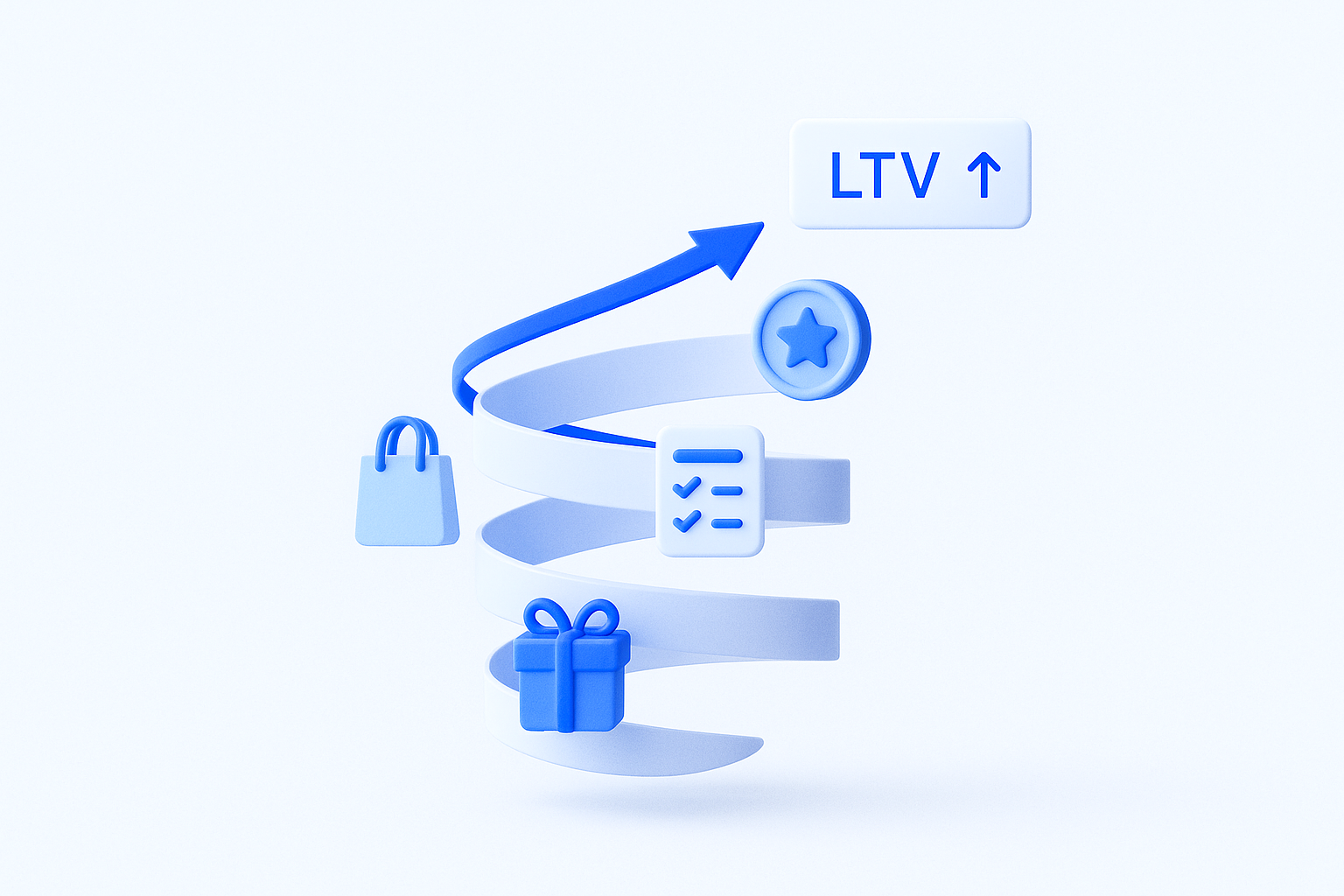Why Most CRO Efforts Fail Without Context

Let’s start with the myth that dominates the CRO conversation:
That conversion issues are surface-level—easily fixed by changing a CTA, moving a button, or adding a countdown timer.
This assumption is dangerous for three reasons:
- It creates a false sense of progress.
- It distracts from deeper funnel misalignments.
- It misattributes causality—believing visual tweaks are the reason users convert (or don’t).
You’ve probably seen it before. A slight uptick in conversions after an A/B test. A boost in clicks when urgency is added. But the lift fades. The numbers normalize. Growth plateaus.
Why? Because the context hasn’t changed.
The offer is still poorly positioned. The traffic is still cold and misaligned. The narrative is still generic.
And no number of interface adjustments can compensate for foundational missteps.
Where Most CRO Efforts Go Wrong
Let’s dig into the real problems behind failed CRO programs.
1. Optimization Without Funnel Cohesion
Most brands approach CRO at the page level.
They treat the product page, landing page, or checkout as isolated opportunities for improvement.
But in reality, conversion is a result of the entire journey—from ad impression to final click.
If a user sees an ad that promises a “transformative solution,” but arrives at a bland product page with no emotional appeal, the disconnect breaks trust.
Even a perfectly optimized page will fail if the expectation curve is broken upstream.
Common scenario:
- Facebook ad offers “revolutionary energy boost without caffeine.”
- Landing page talks about “natural ingredients and third-party testing.”
- Product page focuses on technical specs.
Each step breaks narrative flow. There’s no unified message, no emotional arc, no trust-building. That’s not a conversion issue. That’s a funnel architecture problem disguised as a CRO challenge.
2. Misuse of Testing and Misinterpretation of Data
Tools like Google Optimize, Convert, and Hotjar are powerful—but dangerous in the wrong hands.
Many businesses launch A/B tests without traffic segmentation, without statistical rigor, and without understanding behavioral context.
This leads to false positives, wasted resources, and poor decision-making.
A test shows that version B of your page has a 7% higher conversion rate. Great, right?
But you didn’t segment for returning users. Or high-intent paid traffic. Or seasonality.
And the actual increase is due to a timing anomaly—not the headline.
Data ≠ insight.
Most brands optimize noise, not signal.
They focus on metrics that are easy to measure (bounce rate, button clicks) instead of meaningful outcomes (qualified leads, revenue per visitor, LTV per cohort).
CRO without data strategy is like using a microscope without knowing what you’re looking for.
3. No Value Framing or Offer Architecture
A huge percentage of landing and product pages focus entirely on features.
But people don’t convert because of features—they convert because of emotionally framed value.
The decision to purchase happens at the intersection of:
- Perceived transformation
- Trust in the brand or promise
- Emotional urgency
- Belief in relevance
CRO done right means architecting why this product matters in the mind of your user—not just making it look good.
What this means practically:
- Headlines that match the language of the user's internal conversation.
- Page structure that mirrors their emotional sequence of doubt → curiosity → belief → action.
- Objection-handling before the user has a chance to bounce.
And that’s not something you get by rearranging icons or increasing padding.
It requires deep understanding of your audience, their pain, and their internal objections.
The Role of Strategic Context in Effective CRO
Let’s reframe what CRO should be:
It’s not a set of design or UX experiments.
It’s a business growth system that connects user behavior with commercial outcomes through structured hypotheses, aligned narrative, and funnel integrity.
At Kynera, we implement a strategic 3-tier framework for CRO that consistently produces results:
1. Funnel Mapping & Narrative Alignment
We don’t start with the page. We start with the journey.
We identify what the user believes when they first engage with your brand. What friction points exist. What expectations are being set by ads or external content.
Then, we ensure every page, element, and interaction supports that narrative arc—so conversion becomes a natural conclusion to a well-guided story.
2. Behavioral Intelligence & Qualitative Signals
Numbers only tell part of the story.
That’s why we dig deep into:
- Session recordings to observe confusion patterns
- Scroll maps to see where attention drops
- Voice-of-customer data to uncover gaps in clarity or persuasion
We look not just at what users are doing, but why—and we use that to shape messaging, flow, and prioritization.
3. Revenue-Centric Optimization Metrics
We don’t optimize for vanity KPIs.
Instead, our CRO success is measured in:
- Revenue per session
- AOV uplift by segment
- Lead quality over time
- Funnel-specific CAC efficiency
CRO should serve growth—not click rates.
Our process ensures that every experiment contributes to long-term business outcomes.
Why You Probably Can’t Do This In-House
Most in-house marketing teams are stretched thin.
They’re focused on daily execution, performance dashboards, campaign reporting.
CRO becomes a side project. Or worse, an afterthought.
But effective CRO—contextual, strategic, system-based CRO—requires:
- Cross-functional input (creative, analytics, product, copy)
- Deep customer research
- Funnel-wide analysis and hypothesis work
- Consistent test prioritization and implementation
It’s not something your junior marketer can execute in a spare afternoon.
It’s a discipline. One that, if done right, becomes one of your most profitable growth levers.
Final Thought: You’re Not Losing Conversions—You’re Losing Context
Your funnel might look “fine.”
Your product page might be “clean.”
Your checkout flow might “work.”
But none of that matters if you’re misaligned with your customer’s intent and your business’s core positioning.
Without context, CRO becomes decoration.
With context, CRO becomes strategy.
And the difference between those two? That’s the difference between stagnant revenue—and scalable growth.

